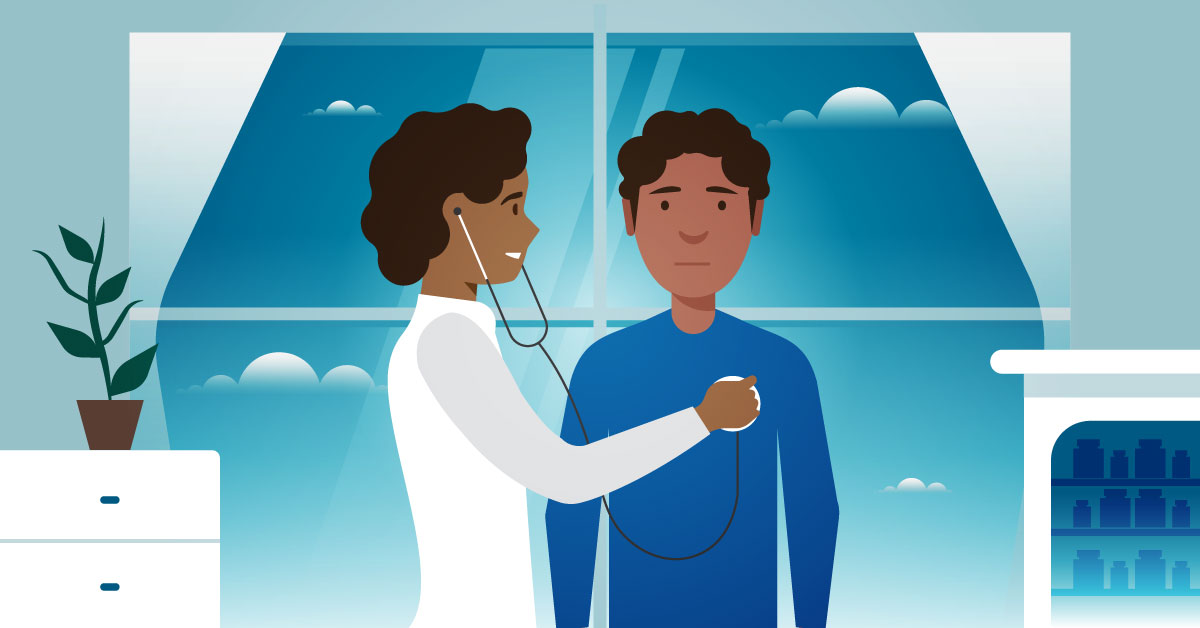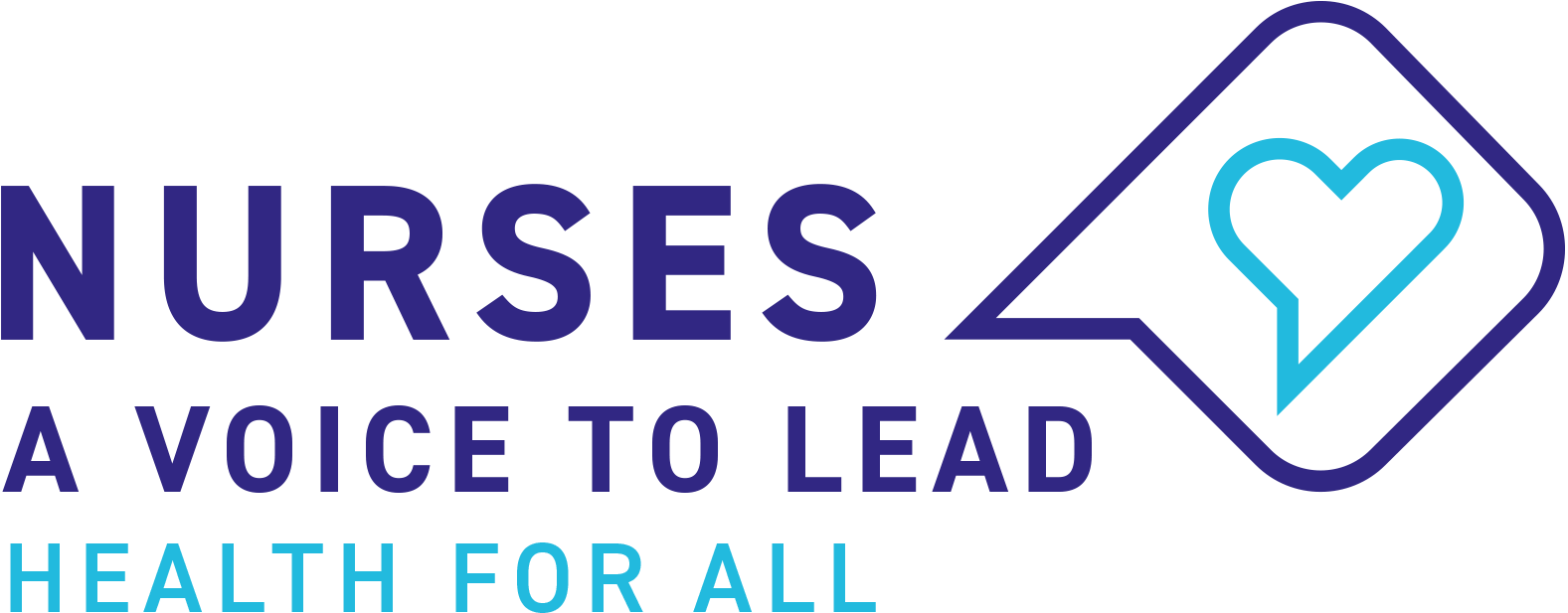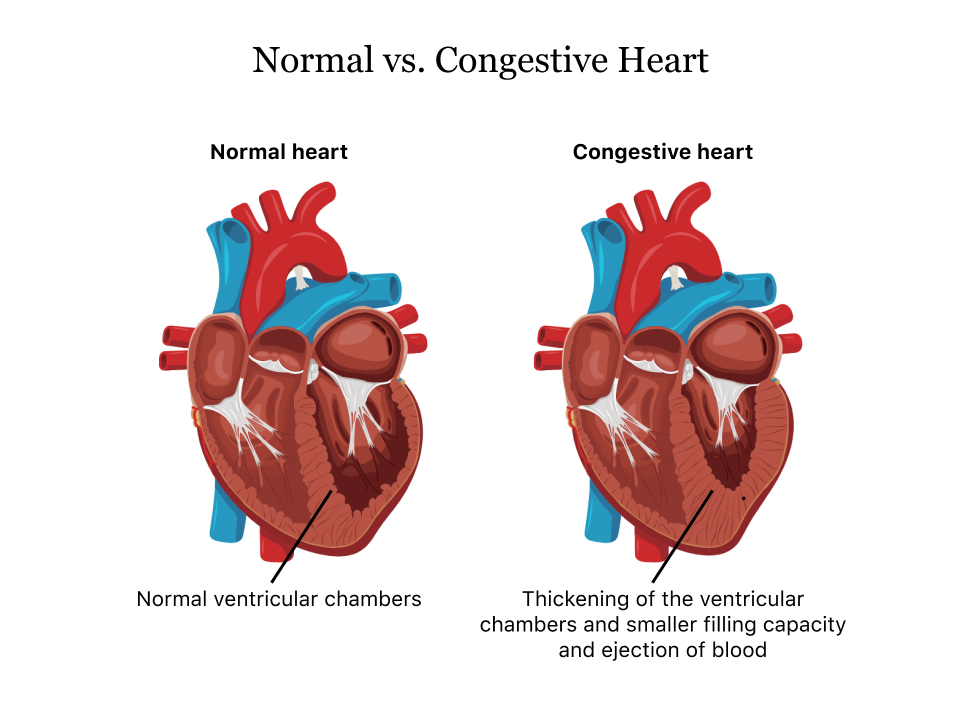Research on Positive Impact on Nursing Diversity
/in Assignment Help, Assignment Help Nursing, BLOG, Homework Help, Nursing Exam Help, Nursing Paper Help, Psychology assignment help, Solved Nursing Essays /by StephenResearch on Positive Impact on Nursing Diversity
(Research on Positive Impact on Nursing Diversity) How does nursing diversity lead to a positive impact on patient outcomes and healthcare quality? Please check the rubric ( minimum 6 pages)

Nursing Diversity and Its Positive Impact on Patient Outcomes and Healthcare Quality
Nursing diversity positively impacts patient outcomes and healthcare quality by fostering cultural competence, enhancing patient satisfaction, and promoting effective communication. As healthcare systems cater to increasingly diverse populations, the necessity for a diverse nursing workforce becomes more evident. Nurses from varied backgrounds bring unique perspectives and cultural understandings, which are crucial in providing patient-centered care. (Research on Positive Impact on Nursing Diversity)
Cultural Competence
Nursing diversity enhances cultural competence within healthcare settings. Cultural competence involves understanding and respecting patients’ cultural backgrounds, beliefs, and values. Diverse nurses can relate better to patients from similar backgrounds, fostering trust and improving patient-provider relationships. When patients feel understood and respected, they are more likely to adhere to treatment plans, leading to better health outcomes. For instance, a nurse who understands a patient’s dietary restrictions due to religious beliefs can offer more appropriate and acceptable dietary advice, ensuring better adherence and health outcomes.
Enhanced Patient Satisfaction
Patient satisfaction is closely linked to the quality of care received. Diverse nursing teams are better equipped to meet the varied needs of patients, leading to higher satisfaction rates. Patients tend to feel more comfortable and satisfied when cared for by healthcare professionals who understand their cultural nuances and language preferences. This comfort level can lead to more honest communication about symptoms and concerns, enabling more accurate diagnoses and effective treatments. Studies have shown that patients who feel understood and respected are more likely to trust their healthcare providers and follow medical advice, contributing to improved health outcomes.
Effective Communication
Effective communication is a cornerstone of quality healthcare. Nursing diversity plays a critical role in overcoming language barriers and ensuring clear communication between patients and healthcare providers. Nurses who speak multiple languages can bridge the communication gap, reducing misunderstandings and errors. Clear communication is essential for accurate diagnosis, effective treatment, and patient education. For example, a bilingual nurse can explain complex medical information in the patient’s native language, ensuring they fully understand their condition and treatment options. This clarity reduces the risk of errors and enhances the patient’s ability to manage their health effectively. (Research on Positive Impact on Nursing Diversity)
Improved Problem-Solving and Innovation
A diverse nursing workforce brings a wide range of experiences and perspectives, fostering improved problem-solving and innovation. Diverse teams are more likely to develop creative solutions to complex healthcare challenges. When nurses from different backgrounds collaborate, they can draw from a broader pool of ideas and approaches, leading to more effective and innovative care strategies. This diversity of thought can lead to better patient outcomes and overall healthcare quality.
Reduction in Health Disparities
Nursing diversity helps reduce health disparities by ensuring that all patient populations receive equitable care. Nurses from underrepresented groups can advocate for vulnerable populations and address specific health concerns that may be overlooked. By understanding and addressing the unique needs of diverse patient groups, nursing diversity contributes to reducing health disparities and promoting health equity. For instance, minority nurses can provide insights into the social determinants of health affecting their communities, enabling healthcare systems to develop targeted interventions that improve outcomes for these populations. (Research on Positive Impact on Nursing Diversity)
Conclusion
Nursing diversity significantly enhances patient outcomes and healthcare quality by promoting cultural competence, improving patient satisfaction, and ensuring effective communication. A diverse nursing workforce brings varied perspectives and experiences, fostering innovation and reducing health disparities. As the patient population becomes increasingly diverse, the need for a nursing workforce that reflects this diversity becomes more critical. Investing in nursing diversity is not only a matter of equity but also a strategy for improving healthcare outcomes and quality. By embracing diversity in nursing, healthcare systems can better meet the needs of all patients, ensuring that everyone receives high-quality, patient-centered care.
References
- Anderson, N. R., & Scrimshaw, S. C. (2019). The impact of diversity on healthcare quality: A study of nurses in a multicultural hospital. Journal of Nursing Administration, 49(1), 22-28. https://doi.org/10.1097/NNA.0000000000000714
- Betancourt, J. R., Green, A. R., & Carrillo, J. E. (2020). Cultural competence in health care: Emerging frameworks and practical approaches. Field Report. Commonwealth Fund. https://www.commonwealthfund.org/publications/fund-reports/2020/oct/cultural-competence-health-care
- Phillips, J. M., & Malone, B. (2020). Increasing racial/ethnic diversity in nursing to reduce health disparities and achieve health equity. Public Health Reports, 135(1), 30-33. https://doi.org/10.1177/0033354920966003
- Smedley, B. D., Stith, A. Y., & Nelson, A. R. (2018). Unequal Treatment: Confronting Racial and Ethnic Disparities in Health Care. National Academies Press. https://www.ncbi.nlm.nih.gov/books/NBK220358/
- Truong, M., Paradies, Y., & Priest, N. (2020). Interventions to improve cultural competency in healthcare: A systematic review of reviews. BMC Health Services Research, 14(1), 99-106. https://doi.org/10.1186/s12913-020-04996-0


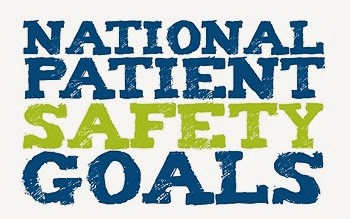

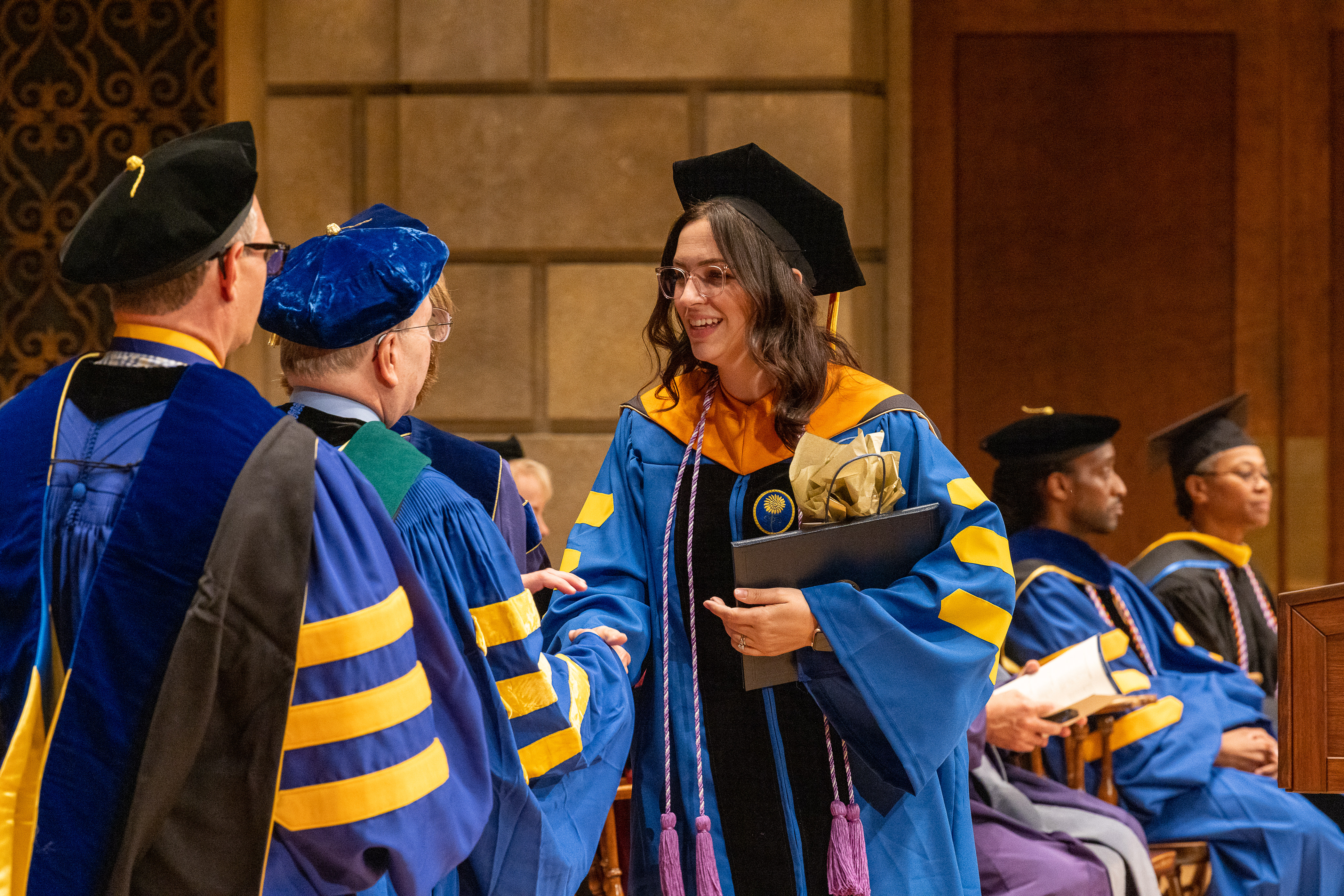
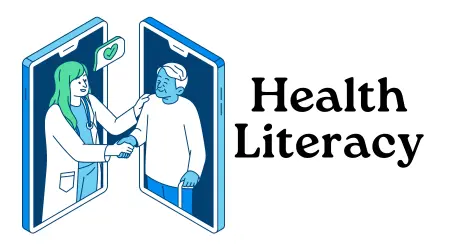

:max_bytes(150000):strip_icc()/article_7866255_foods-you-should-eat-every-week-to-lose-weight_-04-d58e9c481bce4a29b47295baade4072d.jpg)
